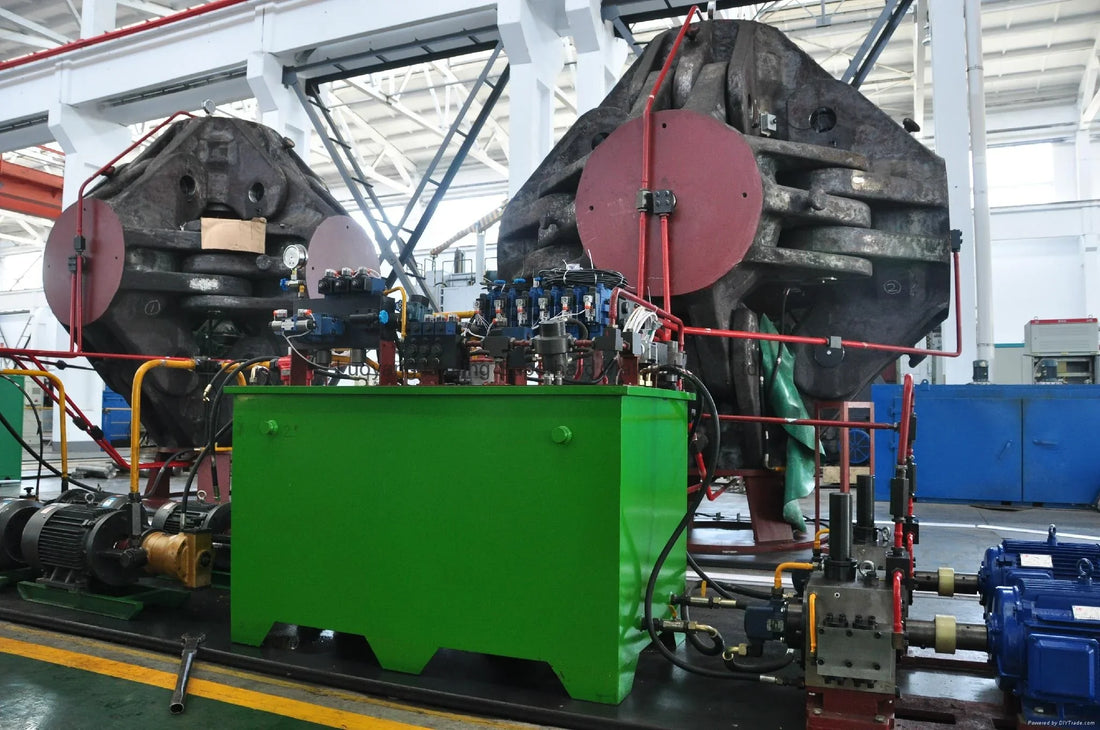
Lab Diamonds, Everything You Need to Know
Share
The Fascinating Ways Lab-Grown Diamonds Are Made
Lab-grown diamonds have revolutionized the jewelry industry, offering an ethical, sustainable, and cost-effective alternative to mined diamonds. But how are these sparkling gems created? Unlike natural diamonds formed over billions of years deep within the Earth, lab diamonds are crafted in controlled environments using cutting-edge technology. In this post, we’ll explore the primary methods used to produce lab-grown diamonds and how they work.
What Are Lab-Grown Diamonds?
Lab-grown diamonds, also called synthetic or man-made diamonds, are chemically, physically, and optically identical to natural diamonds. They’re made of carbon atoms arranged in a diamond’s crystal structure but are created in weeks rather than eons. The two main methods for producing lab diamonds are High-Pressure High-Temperature (HPHT) and Chemical Vapor Deposition (CVD). Let’s dive into each.
1. High-Pressure High-Temperature (HPHT) Method
The HPHT method mimics the natural conditions under which diamonds form in the Earth’s mantle. Here’s how it works:
• Process: A small diamond seed (a tiny piece of diamond) is placed in a chamber with a carbon source, like graphite. The chamber is subjected to extreme pressure (around 5–6 gigapascals) and high temperatures (1,400–1,600°C). These conditions dissolve the carbon, which then crystallizes around the seed, forming a larger diamond.
• Equipment: HPHT uses specialized presses, such as belt presses, cubic presses, or split-sphere presses, to create the intense environment needed.
• Outcome: HPHT diamonds often have a yellowish tint due to nitrogen impurities but can be treated to achieve colorless or fancy-colored gems (like blue or pink). They’re typically used for both jewelry and industrial applications.
Pros of HPHT:
• Faster production for certain diamond sizes.
• Well-established technology with decades of use.
Cons:
• May require post-treatment to remove color imperfections.
• Energy-intensive process.
2. Chemical Vapor Deposition (CVD) Method
The CVD method is a more modern approach, using advanced technology to grow diamonds layer by layer. Here’s the breakdown:
• Process: A diamond seed is placed in a vacuum chamber filled with a carbon-rich gas, like methane, mixed with hydrogen. A microwave or plasma source heats the gas to around 800–1,200°C, breaking it down into carbon atoms. These atoms deposit onto the seed, gradually building a diamond crystal.
• Equipment: CVD uses sophisticated reactors to maintain precise conditions, ensuring high-quality crystal growth.
• Outcome: CVD diamonds are often purer, with fewer impurities, making them ideal for colorless jewelry-grade diamonds. They can also be tailored for specific colors or industrial uses, like in electronics.
Pros of CVD:
• Produces high-purity, Type IIa diamonds (rare in nature).
• Greater control over diamond size and quality.
• Less energy-intensive than HPHT.
Cons:
• Slower growth rate for larger diamonds.
• Requires advanced, costly equipment.
Other Emerging Methods
While HPHT and CVD dominate, researchers are exploring alternative techniques:
• Detonation Synthesis: Uses controlled explosions to create tiny diamond particles (nanodiamonds) for industrial purposes, not jewelry.
• Ultrasound Cavitation: An experimental method using ultrasonic waves to form diamond crystals in liquid solutions, though it’s not yet commercially viable.
HPHT vs. CVD: Which Is Better?
The choice between HPHT and CVD depends on the desired diamond characteristics:
• HPHT is ideal for producing larger diamonds quickly or creating vibrant colored stones.
• CVD excels at crafting high-clarity, colorless diamonds for premium jewelry.
Both methods yield stunning, ethical diamonds that are indistinguishable from natural ones to the naked eye. Gemological labs, like GIA or IGI, certify lab-grown diamonds to ensure quality and transparency.
Why Choose Lab-Grown Diamonds?
Lab diamonds are 20–40% less expensive than mined diamonds, eco-friendly, and conflict-free. Whether made via HPHT or CVD, they offer the same brilliance and durability, making them a popular choice for engagement rings, earrings, and more.
The Future of Lab Diamonds
As technology advances, lab-grown diamond production is becoming more efficient and affordable. Innovations in CVD reactors and HPHT processes are expanding the possibilities for larger, higher-quality gems. The industry is also exploring sustainable energy sources to make production even greener.
Conclusion
Lab-grown diamonds are a testament to human ingenuity, blending science and beauty. Whether crafted through the intense conditions of HPHT or the precise layering of CVD, these gems offer a sustainable sparkle for the modern consumer. If you’re considering a lab-grown diamond, research certified jewelers and ask about the production method to find the perfect stone for your needs.
Ready to shop for a lab-grown diamond? Share your thoughts or questions in the comments below, and let’s keep the conversation sparkling!
